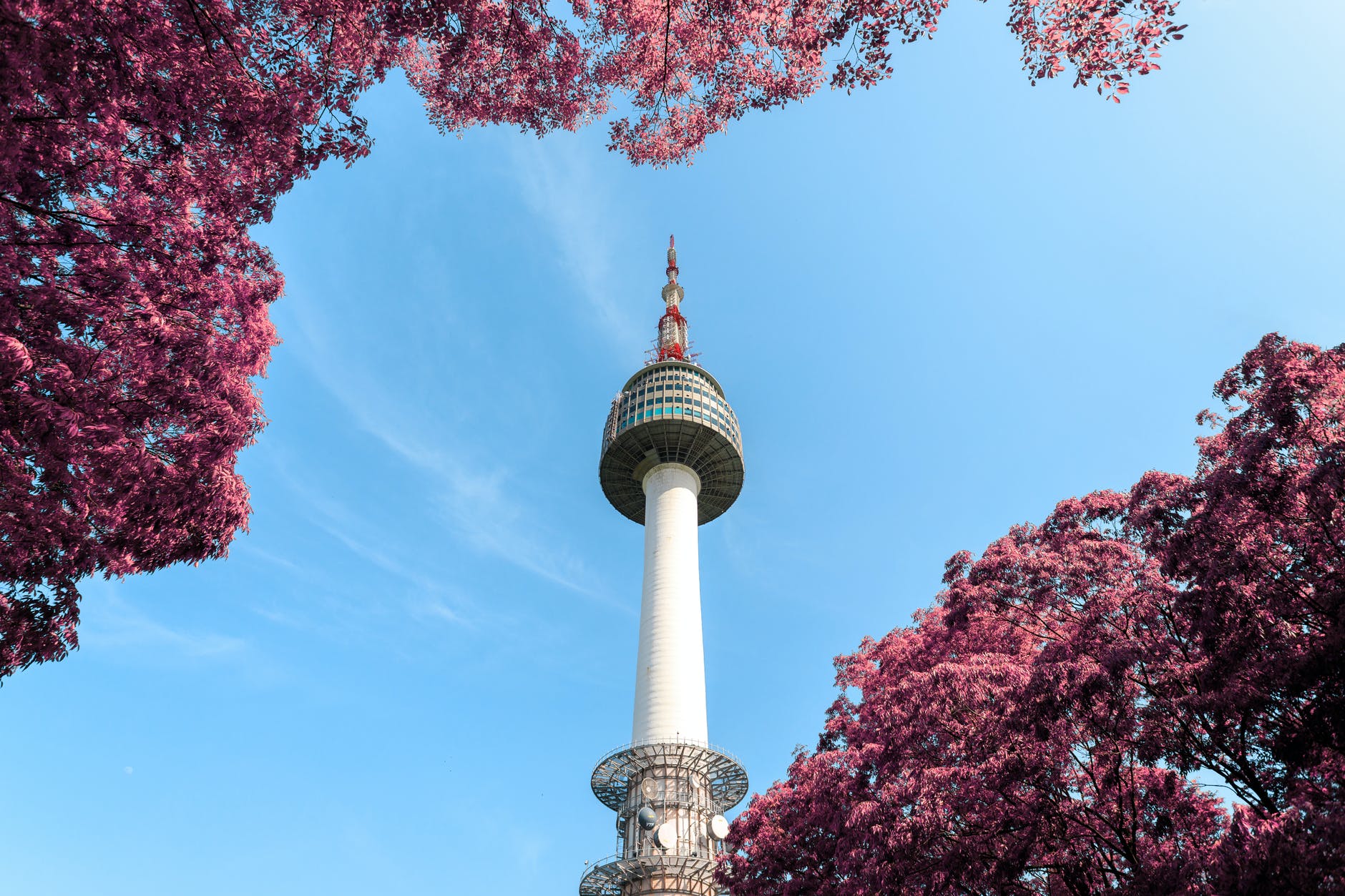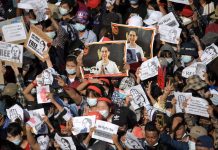
South Korea shows the world how to flatten the curve. The country implemented massive testing and efficient contact tracing.
South Korea reported its first case on 20 January. It reached a peak of 909 daily infections on 29 February.
The numbers waned by late March, and in a few weeks, South Korea had flattened the curve.
Officials reported 11 new COVID-19 cases on Wednesday. This has been the fourth day in a row the number was below 15. The total number of patients reached 10,683, more than 8,000 of whom have recovered.
Meanwhile, the country recorded 237 deaths so far. It remains to be one of the lowest COVID-19 case mortality rates in the world at 2.23%.
Other countries observing South Korea and its three guiding principles on how to flatten the curve: test, trace and contain.
South Korea was able to tame the coronavirus without placing lockdowns like those imposed in the UK, Italy and France. South Koreans for the most part remained calm and did not resort to panic buying.
There were no reports of hoarding. People only lined up to be tested, to buy face masks, or to vote.
Test, test, test
When World Health Organization urged countries in mid-March to “test, test, test”, South Korea had spent weeks doing that at hundreds of drive-through and walk-in testing centres.
The mobile centres held the tests free of charge within 10 minutes. The results were sent to people’s phones within a day. More than 270,000 people were able to access testing by mid-March.
South Korea was also aggressive when it comes to contact tracing. The country used technology to trace the movements of people who tested positive for the coronavirus. Authorities employed GPS phone tracking, surveillance camera records, and credit card transactions.
The Korea Centres for Disease Control and Prevention used the data to release alerts, in real time, about where infected people went before their positive status was found.
The alerts revealed only the gender and age category of each infected individuals. The information also had names and addresses of the places they had visited.
Based on data, not emotion
Jerome Kim, the director general of the International Vaccine Institute in Seoul, said South Korea fought the virus through “decisive and transparent leadership based on data, not emotion.”
The government did not only test and tract people and treated the infected ones. The government also urged millions of citizens to modify their behavior. They explained the clear principles for physical distancing. Companies allowed their employees to work from home.
“There was compliance with advisories for social distancing and hygiene, like avoiding bars, churches, gyms and hagwon cram schools,” Kim said. “Voluntary cooperation by an informed populace has been a notable feature of the response.”
President Moon Jae-in launched a campaign of “coronavirus diplomacy” with other world leaders. The country gave test kits to at least 20 nations including the US.
The government of South Korea also released a playbook on how to contain the coronavirus, "Flattening the curve on Covid-19: the Korean experience."
“South Korea successfully flattened the curve on COVID-19 in 20 days without enforcing extreme draconian measures that restrict freedom and movement of people," the book states.
The government already relaxed restrictions on shops, bars, gyms, restaurants, cram schools and religious services. National parks, forests and arboretums are also opening gradually. However, physical distancing will remain in place until May.
“Until we reach herd immunity or we achieve similar levels with a safe and effective vaccine, the new normal, with a stress on hygiene, social distancing and potentially local crackdowns, may continue,” said Kim.
“I think the government has done a reasonably good job,” said Lee Mi-young, 35, who spent time in hospital after contracting the virus from her husband.
“I know that other countries are looking to South Korea as the numbers have gone down here, but I think it is because of the hard work of health officials, not the politicians.”






